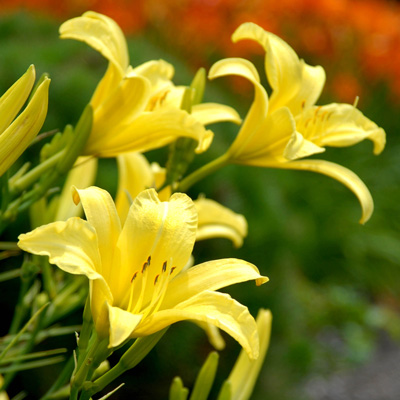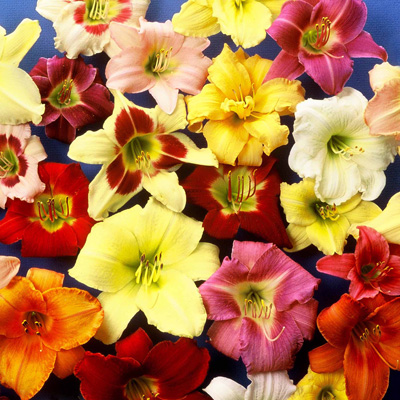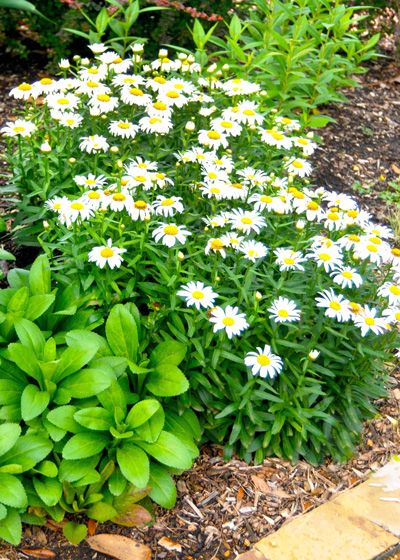Three Great Perennials for May
Perennial gardens require a bit of planning so you’ll have a good sequence of bloom from early spring until late in the fall. May is an unusual month, because the spring perennials, including many types of bulbs, have already finished blooming. And the hot-weather bloomers really haven’t kicked in yet.
To bridge that tiny time gap, I’ve chosen three plants that are, or soon will be, in full bloom across much of our state. Nurseries have them in stock now, and it’s a great time to plant them.
Daylilies…
My all-time favorite flowers! I mowed yards in trade for plants when I was a kid. Those were quarter-acre lots for one or two plants! (I charge more today.) At my high-water mark, I had more than 400 varieties. That may sound like a lot, but it pales by comparison to the many tens of thousands of named varieties in the daylily world today. They come in all colors, all shapes, and all sizes.

Nurseries will have them over the next several weeks, or attend a local show of your daylily society (if you live in a large urban area), or visit an enthusiast’s yard. They often sell plants in the fall (or even in bloom) to finance their obsession. Just don’t settle for the old-fashioned single and double orange types. Find something more exciting, with different colors, more flowers per stalk (“scape”) and really exotic flower forms.

Shasta daisies…
You’ll often find these growing and blooming alongside daylilies. These are clumping perennials with mature heights ranging from 12 to 30 inches, depending on the variety. Most are assertive growers, which means that you’ll need to dig and divide them each fall. Their flowers are white with yellow centers, and both single- and double-flowering forms are available.

Red yuccas…
They aren’t really yuccas (Hesperaloes), but they certainly are red. They’re not especially spiny, so injuries are rare compared to true yuccas and agaves. And those red spikes continue to bloom from as early as April into mid-summer.
Red yuccas also seem to be more resilient to rainy spells in the eastern half of Texas than many other xeriphytic plants that we’ve tried. It should also be noted that a soft lemon-yellow form of red yuccas is sold, as well as improved, richer red cultivars. There is a wonderful assortment of types in the nursery trade today.

